Talk Overview
In this talk about Monarch butterfly migration, Reppert begins by describing the amazing long-distance migration of the Eastern North American Monarch butterfly. Each fall, several hundred million Monarchs fly up to 2500 miles from the eastern United States and southern Canada to a specific over-wintering area in central Mexico. How do the butterflies know when and where to fly? Reppert explains that the migration is directed largely by an innate sun compass.
(In Part 1, the people who found the monarch over-wintering site were mistakenly identified as Ken and Karen Brugger. They were Ken and Catalina Brugger (now Catalina Trail).)
In Part 2, Reppert focuses on the time-compensated sun compass system that guides the Monarch’s long migration. He describes how the butterfly eye can sense skylight cues used for directionality, including polarized UV light. This information is integrated in the central complex of the brain, which serves as the sun-compass, then is time compensated, and ultimately interacts with the motor system to control flight direction. While circadian clocks in the brain determine the seasonal migration of Monarchs, distinct circadian clocks in the antennae regulate time-compensation of the sun compass. Interestingly, work at the molecular level shows that the Monarch circadian clock mechanism is distinct and utilizes two cryptochrome (CRY) gene homologues; one previously found in Drosophila and one previously found in vertebrates.
For more details of the monarch migration see http://reppertlab.org
Speaker Bio
Steven Reppert
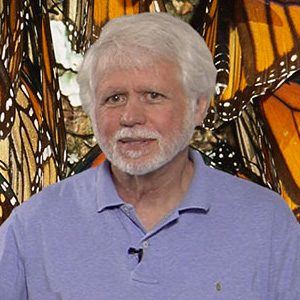
Steven Reppert received both his B.S. and M.D. degrees from the University of Nebraska. He did his clinical training in pediatrics at Massachusetts General Hospital and Harvard Medical School and was a post-doctoral fellow at the NIH in the Section on Neuroendocrinology. He then joined the faculty of Harvard Medical School where he resided for… Continue Reading
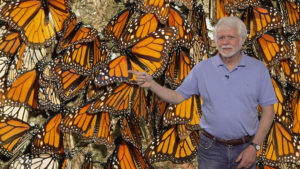
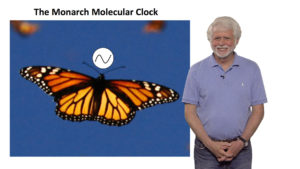
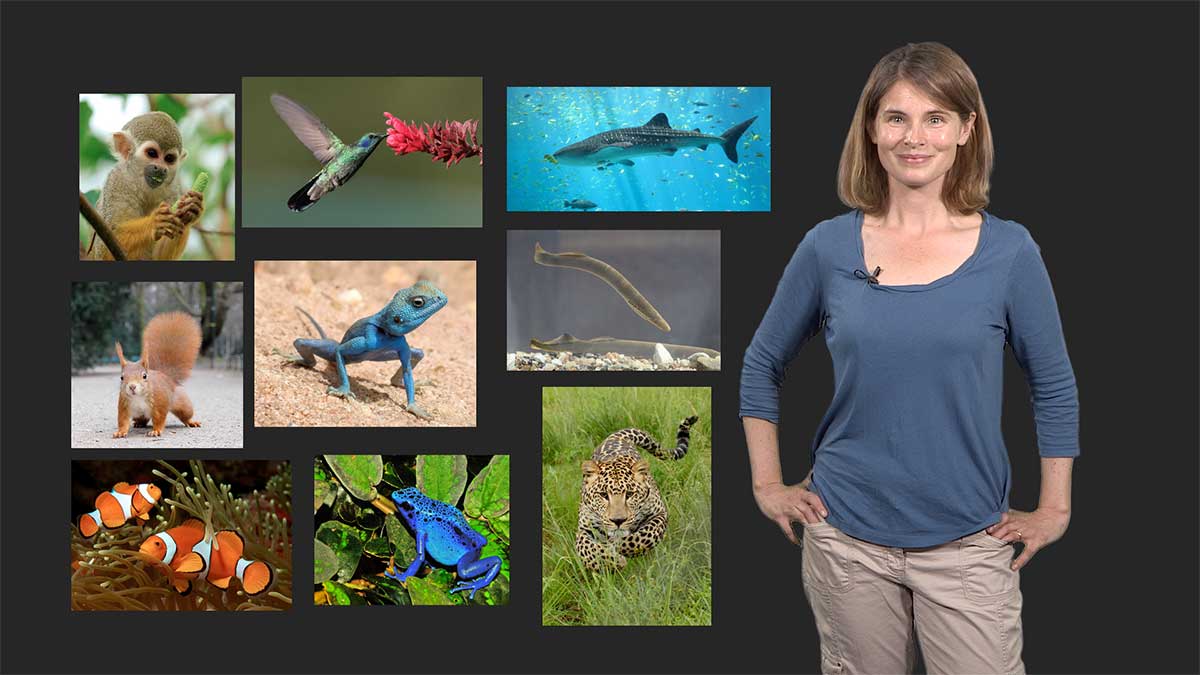
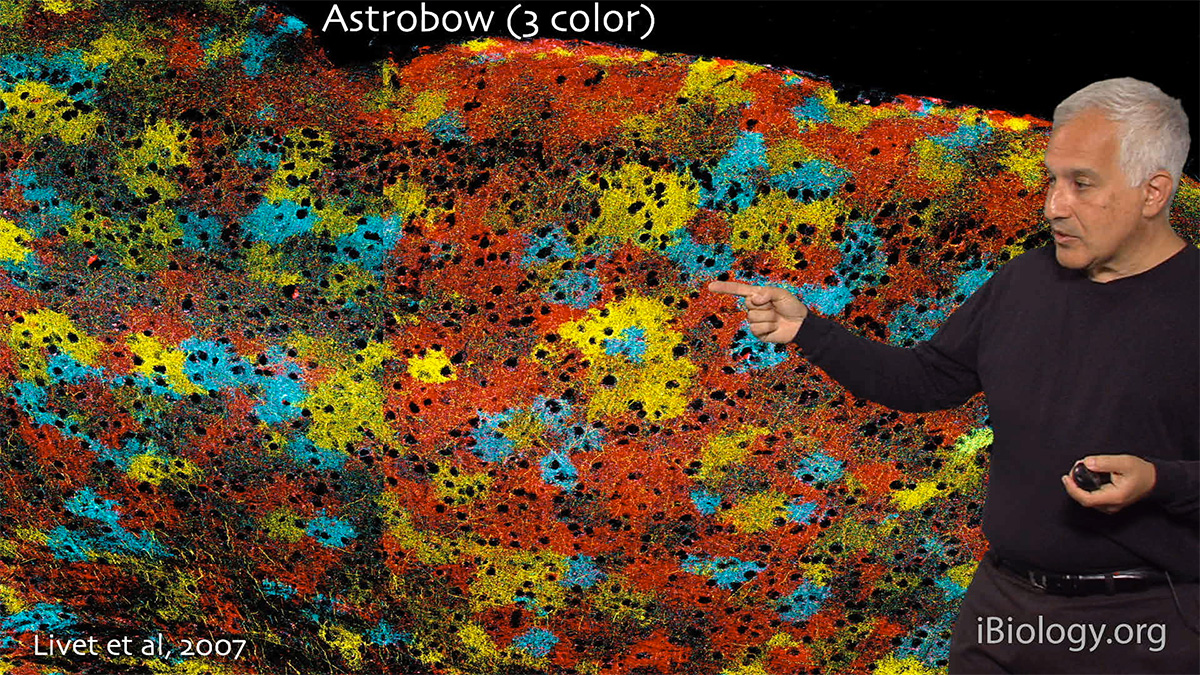
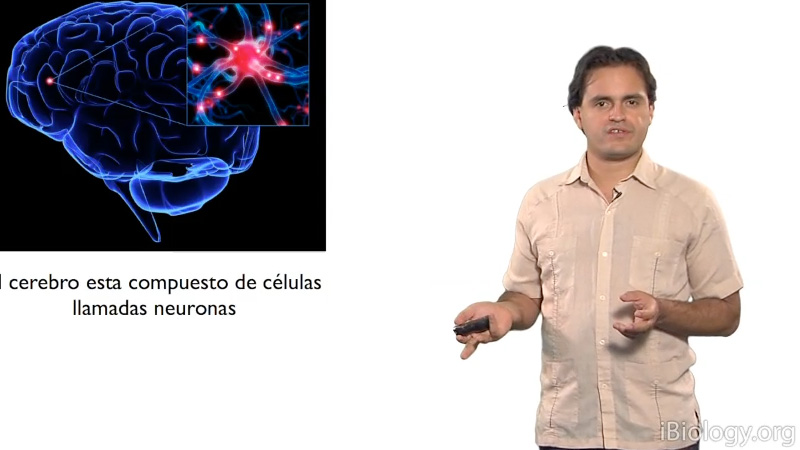
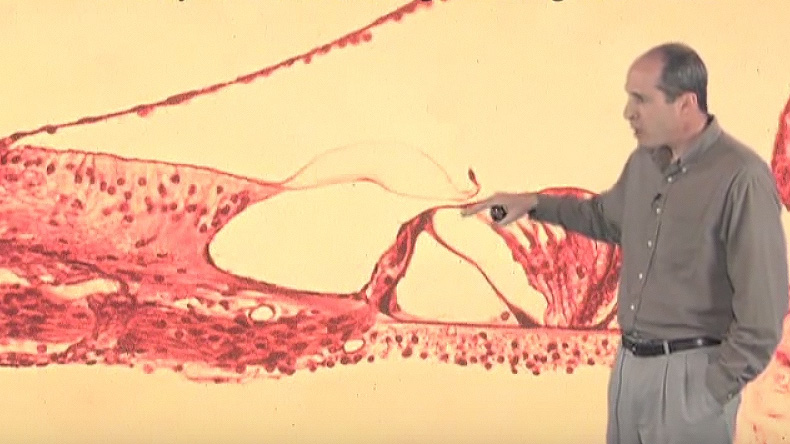





Pat condon says
Yamma, I’m Pat a first Nations Australian. We have many dreamtime stories of out butterfly’s. We also have Monarchs from the first early days of Australia. Would love to learn more and more . Always had a deep interest connection with country and 🦋. Would appreciate any information etc thanks Pat